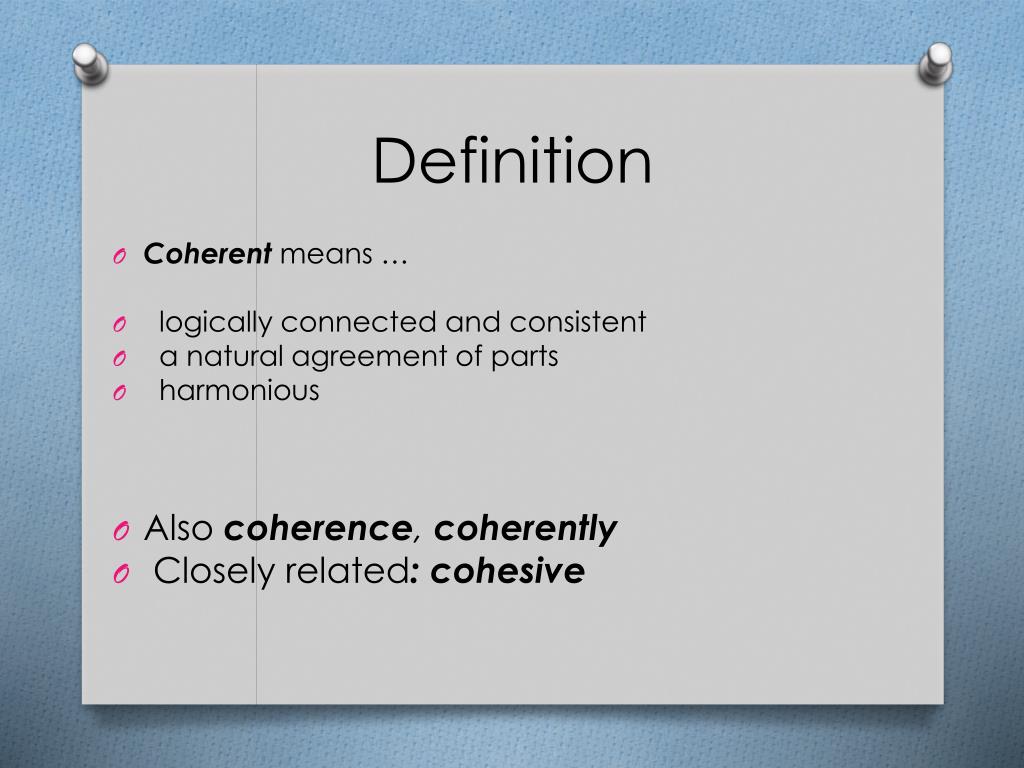


While the pedagogical challenges of Studies I-III were related to the participants’ blindness and their problems in cognitive functioning and with the structures of the processed text, the conceptual complexity of the topic of the investigated seminar on qualitative and mixed methods, in turn, constituted the main pedagogical challenge in Study IV. The context of Study IV remarkably differed from the contexts of Studies I-III due to the specific conceptual dimensions of the topic of the investigated seminar, which were qualitative and mixed methods. Studies I-III aimed to develop and explore the use of a conceptual meta-model in guiding the young blind participants to process such complex conceptual objects as expository texts in reading for understanding. Study IV explored the use of modeling language based on this model in a domain-specific pedagogical setting in higher education. Studies I-III focused on the development and testing of an instructional meta-model based on frequent expository text structures with blind readers. The present doctoral thesis sheds light on how the learners that aim to understand multifaceted conceptual objects can be supported by the instructional tools sensitive to the specific conceptual organization of these phenomena. Similarly, the particular function of domain-specific concepts in the transformation of learners’ thinking and understanding remains an issue repeatedly approached from the perspective of various theoretical frameworks and empirical findings (Land, Rattray et al., 2014 Meyer &Land, 2005). Over the past decades the sense making of learners by means of various external models and representations has received educational researchers’ heightened attention (Ainsworth, 2006 Hay & Kinchin, 2006 Furberg et al., 2013). There was a significant difference in the interpreters' use of conjunctive devices (**p = 0.007), where the experts produced more of them. 074), signs per minute (p = 0.57), the use of third person reference produced manually (p = 0.46) or in the amount of information the interpreters omitted while interpreting (p = 0.361). To understand why the Deaf raters found the experts more fluent, a number of basic language features in the interpreters' ASL target texts were compared but no significant difference was found in the number of signs created (p = 0.57), the number of unique signs (p=. Three Deaf interpreter educators rated each interpreter's fluency in ASL, and found the experts created more fluent texts than the novices (**p = 0.006).

In addition, five experts took part who had more than two decades of experience as interpreters and who were all nationally certified. The participants included seven novice interpreters, who had seven or fewer years of practice with ASL and who were recent graduates of an interpretation program. One aspect of cohesion was addressed, conjunctive devices. Halliday and Hasan's (1976) theoretical model of cohesion was used as a framework for this study. Concern has been raised in the literature on spoken and sign language interpreters that practitioners create target texts that lack cohesion (La Bue, 1998 Langer, 2007 Sunnari, 1995). In this paper, I discuss some forms of spatial mapping for both referential and prosodic functions in ASLĪ study was done with 12 American Sign Language (ASL)-English interpreters to examine their use of cohesive devices while working simultaneously from English into ASL. Although research in this area of ASL is just beginning, some spatial structures have been identified and described. Interpreters must be able to recognize spatial meanings in ASL source messages and create spatial meanings in ASL target messages. Awareness of and fluency with spatial features in ASL are essential tools for interpreters. These patterns range from basic conversational patterns to the more rhythmic, flowing patterns of poetry and literature in ASL. Prosodic mapping of space results in visual patterns that aid the audience in understanding the signer's meaning. Referential mapping results in visual patterns in space, evoking conceptual referents in the mind of the audience. Space is used by signers both for reference and for prosody. These spatial structures help the audience process the flow of information that they are watching, structuring it into coherent and cohesive chunks of meaningful language. Signers choose to use spatial strategies to render messages meaningful for the audience. Spatial mapping serves as a foundation for linguistic and conceptual structures in ASL and is an essential feature of discourse in ASL.


 0 kommentar(er)
0 kommentar(er)
